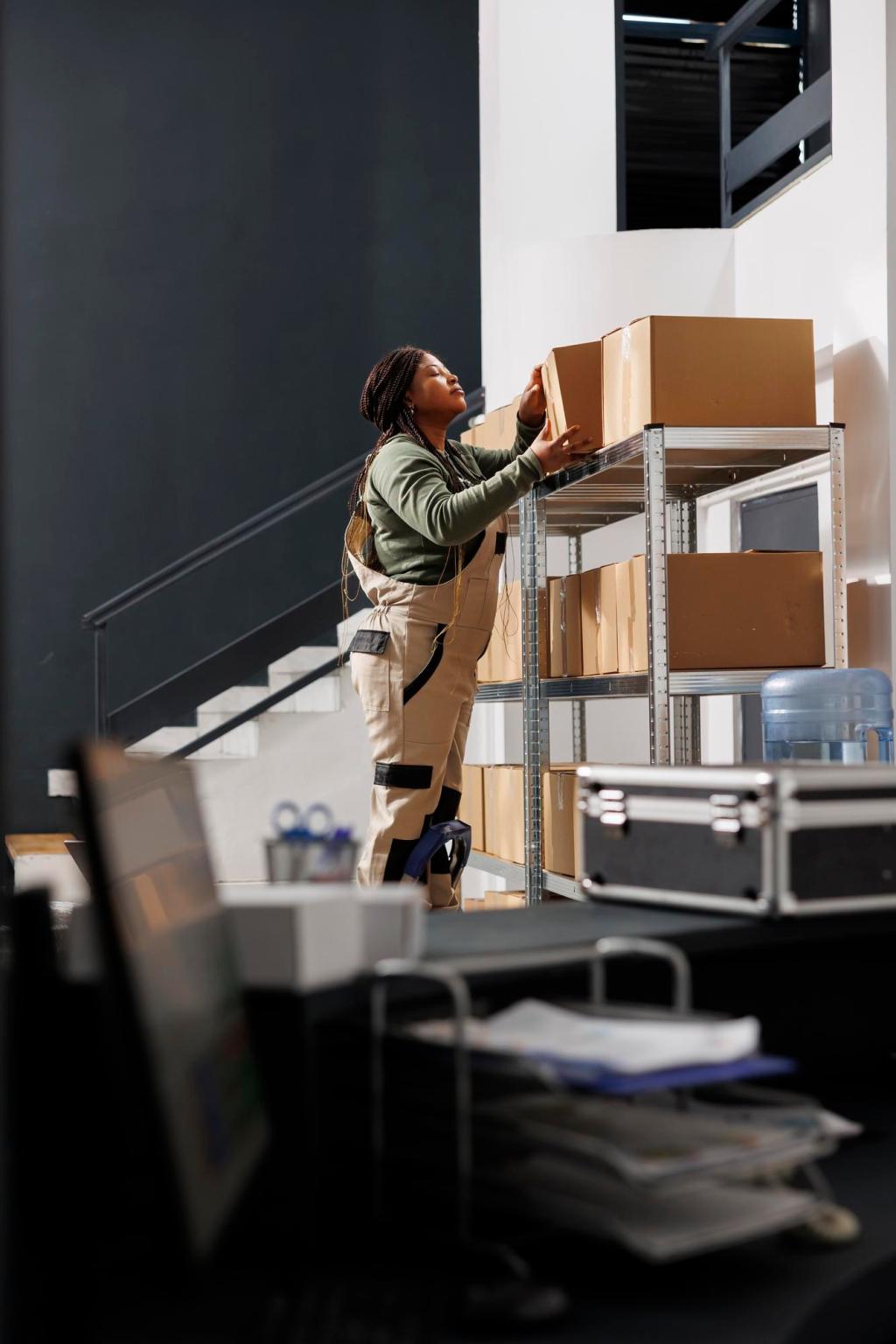AI Everywhere: Vision, Prediction, and Smarter Decisions
Edge-deployed vision systems verify labels, count items, and detect damage without pausing lines, while model updates sync overnight, improving accuracy continuously without swamping your network or exposing sensitive operational footage.
AI Everywhere: Vision, Prediction, and Smarter Decisions
Predictive models combine vibration, current draw, and temperature signatures to foresee motor failures days early, letting you schedule micro-downtimes between waves instead of suffering midnight breakdowns and emergency vendor calls.
AI Everywhere: Vision, Prediction, and Smarter Decisions
Reinforcement learning can tune pack-out strategies, balancing cube utilization with damage risk and time, learning from feedback loops so tomorrow’s picks arrive safer, cheaper, and faster than today’s cautious rule sets.
AI Everywhere: Vision, Prediction, and Smarter Decisions
Lorem ipsum dolor sit amet, consectetur adipiscing elit. Ut elit tellus, luctus nec ullamcorper mattis, pulvinar dapibus leo.








